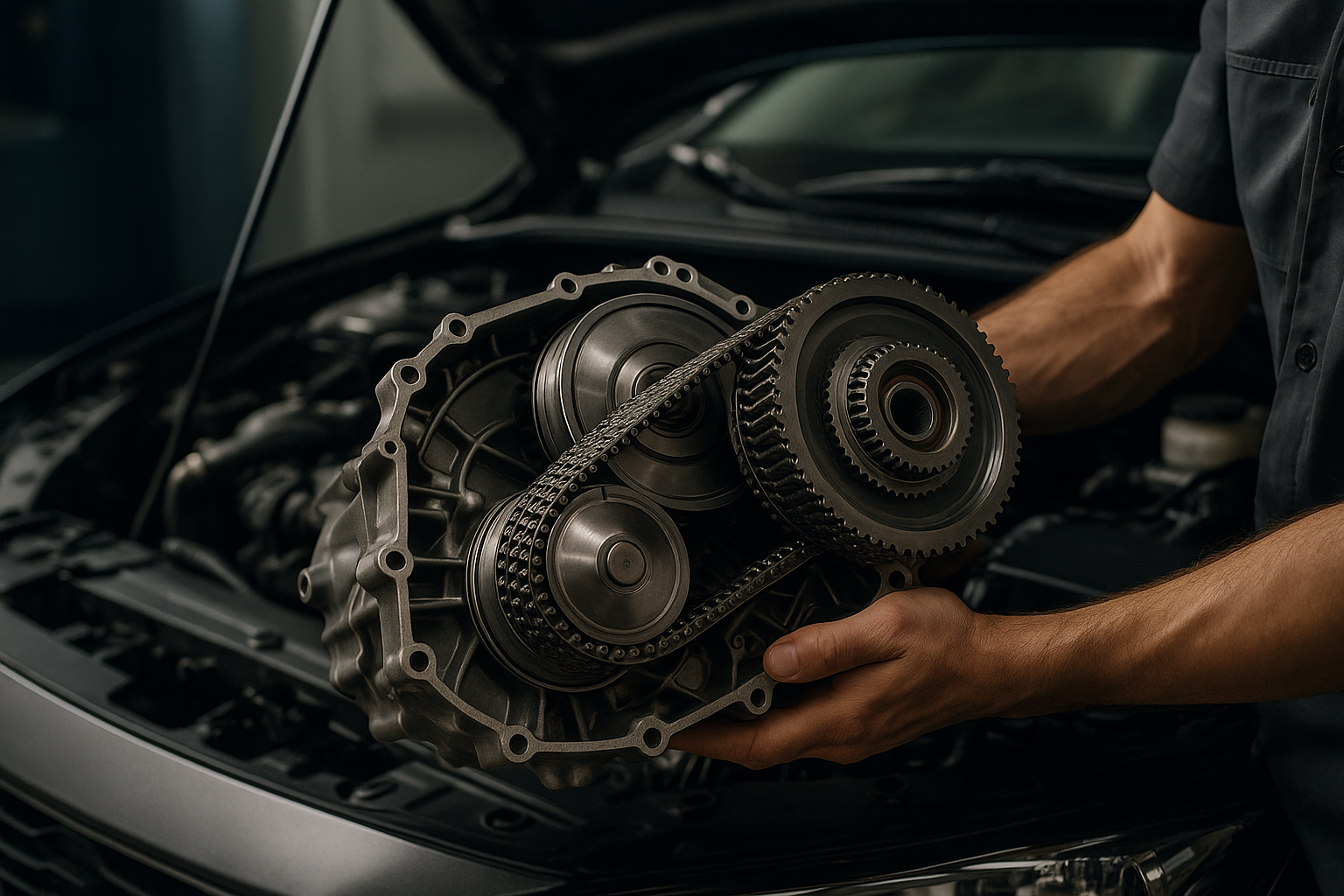"The Intricacies of Continuously Variable Transmissions: A New Era of Efficiency"
Introduction: Settle in as we explore the inner workings of Continuously Variable Transmissions (CVT) - the unsung heroes of fuel efficiency and smooth acceleration. Intrigued? Let's dive into the world of CVTs to discover their historical development, the magic of their operation, and their growing influence in today's automotive industry.

A Glimpse into History
The concept of a CVT is not new. The first patent for a CVT was filed in 1886 by Daimler and Benz, two pioneers of the automotive world. However, it wasn’t until much later that CVTs found widespread acceptance in the automotive industry. This was largely due to the limitations in materials and technology that made early CVTs unreliable and inefficient.
The Mechanics of CVTs
A CVT is an automatic transmission that can change seamlessly through a continuous range of effective gear ratios. Unlike traditional automatic transmissions, which have a fixed number of gears, a CVT uses a pair of pulleys connected by a belt to provide an infinite variability between the highest and lowest gears with no discrete steps or shifts. This results in a remarkably smooth ride and superior fuel efficiency.
The Rise of CVTs: Current Trends and Insights
Today, CVTs are becoming increasingly popular in passenger cars, thanks to their numerous benefits over conventional transmissions. They offer improved fuel efficiency, seamless acceleration, and smoother ride quality. Moreover, CVTs are simpler in design and cheaper to service, making them a cost-effective solution for both manufacturers and consumers.
Impact and Challenges
Despite their advantages, CVTs do have their share of challenges. They are often criticized for their ‘rubber band’ feeling during acceleration and the droning noise they produce, which can be off-putting for driving enthusiasts. Furthermore, while CVTs are mechanically simpler, they require more sophisticated control software, which can increase development costs.
The Future of CVTs
CVTs are continuously evolving. Modern CVTs are becoming more reliable and efficient, and manufacturers are working on improving their driving dynamics to appeal to a broader audience. With the increasing focus on fuel efficiency and emissions reduction, the future looks bright for CVTs.
In conclusion, Continuously Variable Transmissions represent a significant shift in automotive technology, promising a future of improved fuel efficiency and smoother rides. As technology continues to evolve, so too will CVTs, overcoming their current challenges and finding their place in the hearts of driving enthusiasts.






